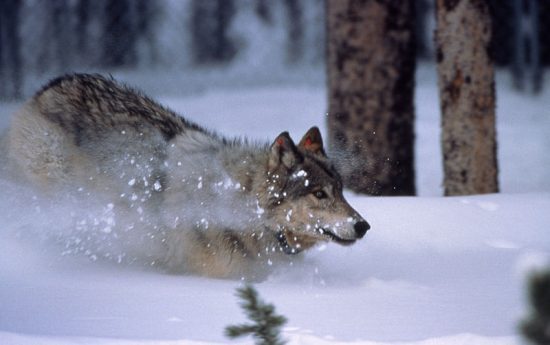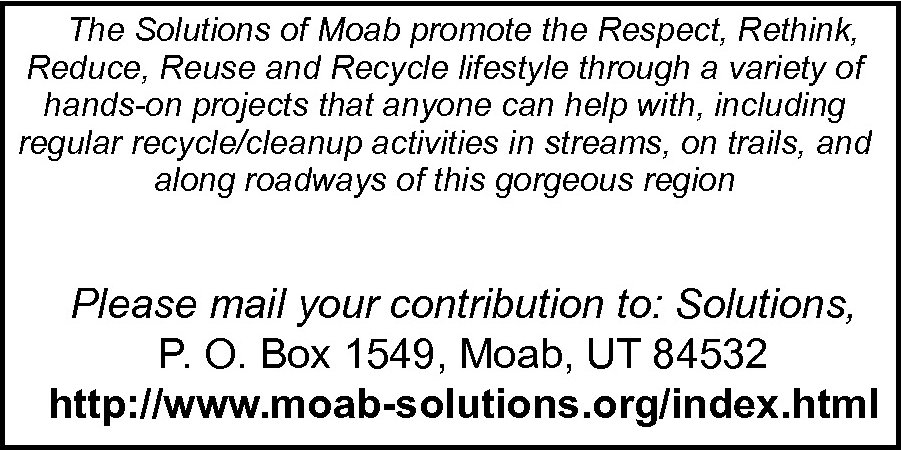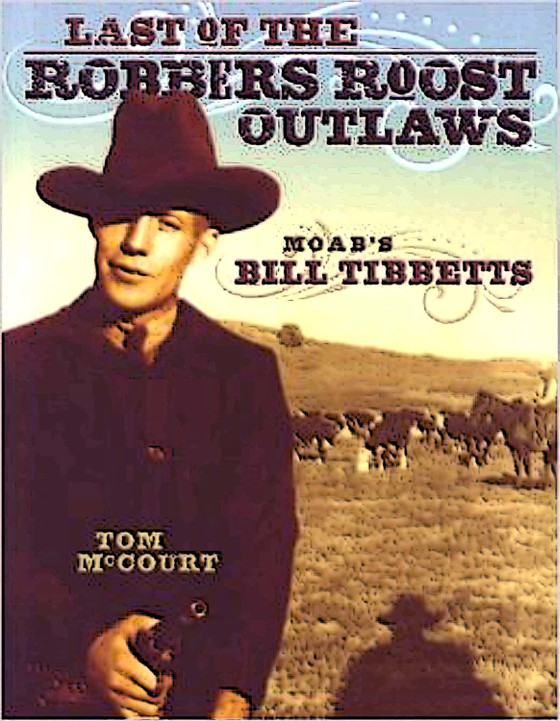EXCERPT:
When a species is designated as Threatened or Near-Threatened on the Red List, the listing includes a citation of the types of threats facing causing that species problems. Maxwell and his colleagues tabulated those threats to each of the almost 9,000 species and ranked them in ten large categories, according to the number of species each threat affected.
Here are those big threats, in descending order of harm:
Overexploitation, including logging, fishing, hunting, and gathering of plants: 6,241 species, 71.8 percent of the total
Agriculture, including farming, livestock raising, and aquaculture: 5,407 species, 62.2 percent
Urban development, including residential, industrial-commercial, recreation, and tourism: 3,014 species, 34.7 percent
Invasion and disease, including invasive species, problematic native species, and introduced genetic material: 2,298 species, 26.5 percent
Pollution, including air pollution, municipal waste, industrial and agricultural effluent: 1,901 species, 21.9 percent
System modification of natural ecosystems, including both fires and fire suppression, dams, and a few other things: 1,865 species, 21.5 percent
Climate change, including drought, habitat change, storms and extreme temperatures: 1,688 species, 19.4 percent
Human disturbance, including disturbance of affected species when people recreate, work, and wage war: 1,223 species, 14.1 percent
Transportation, including land, air, and sea: 1,219 species, 14.0 percent
Energy production, including oil and gas development, coal and uranium mining, and renewable energy development: 913 species, 10.5 percent




















0 Responses
Stay in touch with the conversation, subscribe to the RSS feed for comments on this post.